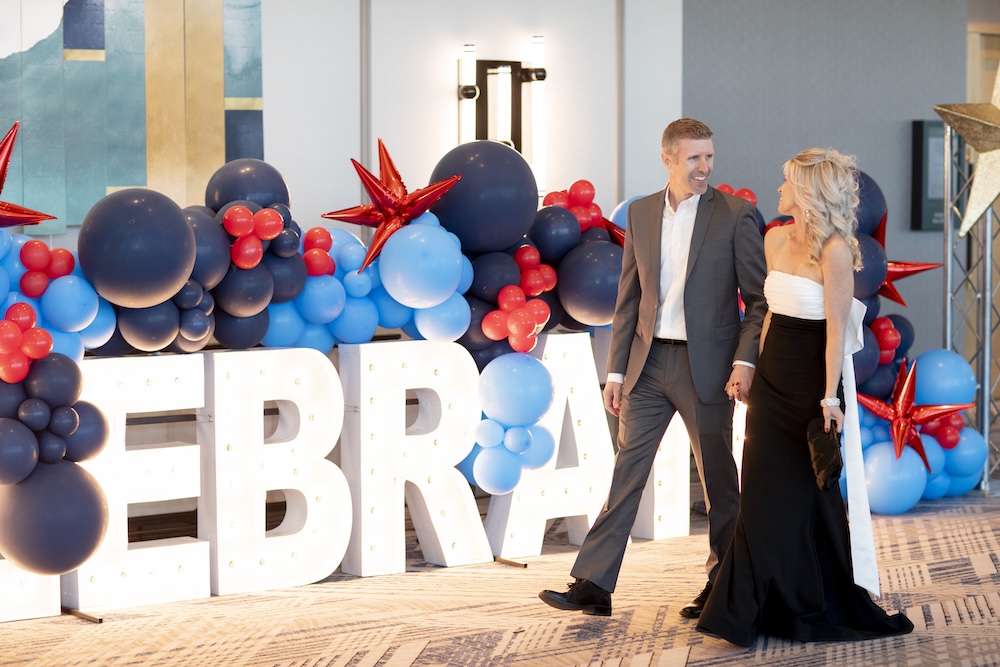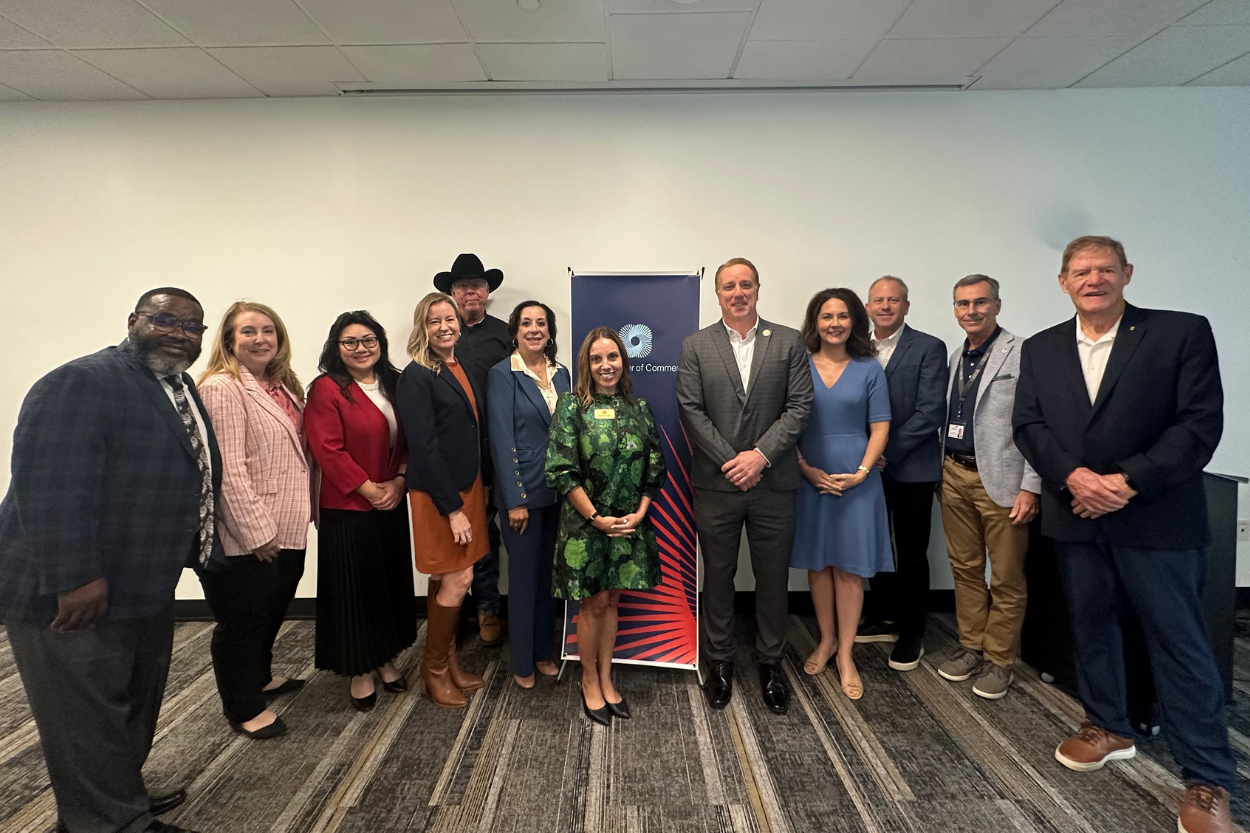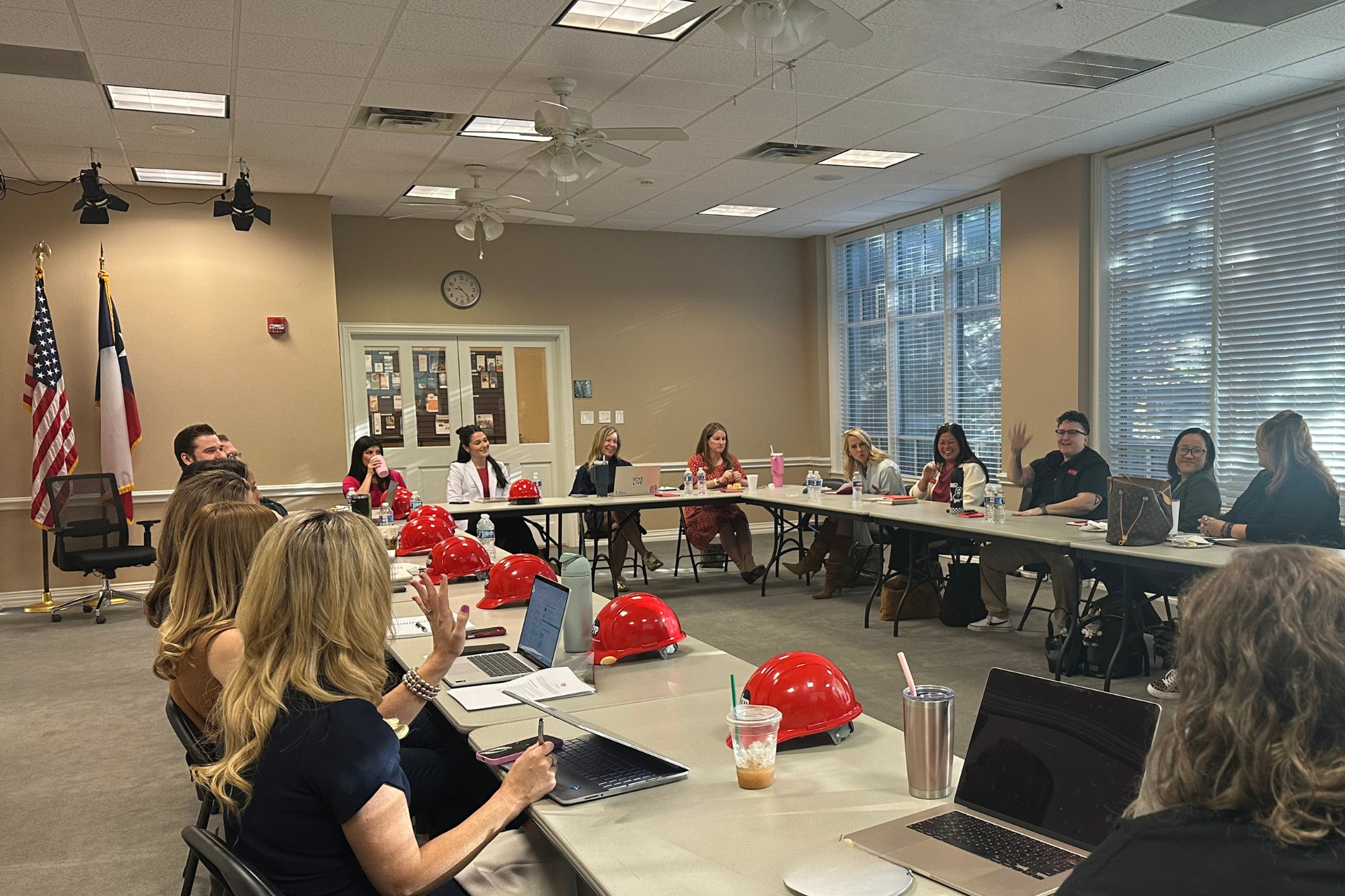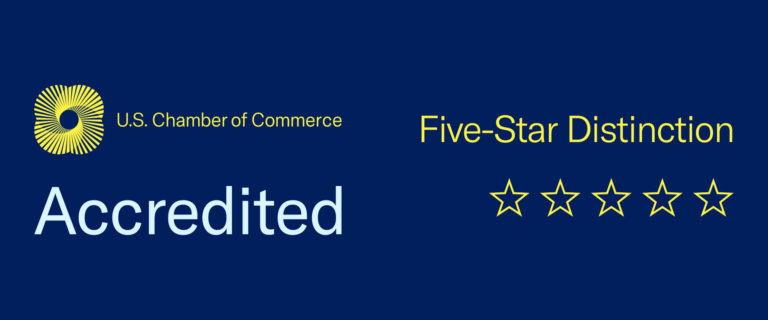Is Your Business a Great Place to Work?
I’ve been obsessed with company culture lately! Everyone talks about it, but I truly wanted to understand it! I turned to a few books and several articles that helped me look deeper at how culture is created (be it a good or bad culture!)
Creating a great workplace isn’t always easy, but it’s definitely worth the effort. Below you will find six ideas that can help take your workplace from good to great!
1. Define the Culture You Want to Create
- Ask yourself what environment you want your employees to work in. Will it be collaborative or more competitive? Do you want to focus on innovation or customer service? Once you’ve decided what kind of culture you want to create, it will be easier to develop strategies to make it a reality.
- Use these ideas to help define the culture you want to create. First, develop a mission statement (or tweak your existing one) that reflects the culture you want to create.
- Next, establish core values that everyone in your organization can buy into. If you already have core values, does everyone know them? Do your employees live by them?
- Identify policy conflicts and establish new ones to build cultural alignment.
- Here’s my favorite…hire for core values! Make them part of the interview process. If one of your core values is ‘continuous improvement’ like ours, for example, find out if the candidate has a growth mindset.
2. Share Your Vision
Celebrate successes and learn from failures. Finally, it’s important to celebrate successes and learn from failures. When you take the time to celebrate your employees’ successes, it shows that you appreciate their hard work. It will help to build morale and motivation in the workplace.
- Recognize employees who go above and beyond their job duties.
- Develop a culture of accountability by encouraging employees to take ownership of their mistakes. Help them learn from their failures and avoid making the same mistakes in the future.
By celebrating successes and learning from failures, you’ll create a constantly improving and growing workplace.

- Where are you headed? How will employees help you get there if they don’t know where they are headed?
- When everyone knows the vision, it is easier to work together towards common goals.
3. Assign Clear Roles and Responsibilities
- Assign clear roles and responsibilities. One of the most critical aspects of creating a great workplace is ensuring that everyone knows their roles and responsibilities.
- To ensure that everyone knows their roles and responsibilities, start by creating job descriptions for each position in your organization. Make sure that these job descriptions are clear and concise and accurately reflect each position’s duties.
- Also, establish expectations for each employee. Tell them what you expect from them regarding their work ethic, attendance, and attitude. By setting clear expectations from the start, you’ll avoid misunderstandings and conflict down the road.
- It’s also important to communicate these expectations to your employees regularly—schedule regular one-on-one meetings with each employee to check in on their progress and give feedback.
- Finally, hold periodic team meetings to keep everyone in the loop on company news and updates.
By clearly defining roles and responsibilities, you’ll create a workplace where everyone knows their place and how they can contribute to the organization.
4. Set Measurable Goals
- Setting measurable goals and objectives will help you track your progress and ensure that everyone is working towards the same goal.
- To set measurable goals and objectives, start by identifying the overall plan for your organization. Next, break it down into smaller, more manageable goals. For each purpose, establish measurable objectives that you can track.
- Involve your employees in team goal-setting exercises. Ask for their input on what they think are realistic and achievable goals. By involving them, you’ll build support and commitment to achieving the goals.
- Finally, create a timeline for each goal and ensure everyone knows it. By setting measurable goals and objectives, you’ll be able to track your progress and ensure that everyone is working towards the same purpose.
5. Encourage Open Communication and Feedback
Encouraging open communication and feedback is essential for creating a great workplace. When employees feel like they can openly communicate with their managers, it creates a feeling of trust and mutual respect.
- There are a few ways you can encourage open communication and feedback in the workplace. First, create an open-door policy where employees feel comfortable voicing their concerns or suggestions. Ensure that you’re accessible to your employees and take the time to listen to what they have to say.
- Another way to encourage open communication is to solicit feedback regularly. Ask your employees for their input and encourage innovation and creativity in the workplace.
6. Celebrate Successes (and Failures!)

Celebrate successes and learn from failures. Finally, it’s important to celebrate successes and learn from failures.
One great part of our culture at the Frisco Chamber is that we aren’t afraid to try new things. Our boss often shares his analogy, comparing a failure to a hole in a boat. Is it above the water line or below the water line, he’ll often ask.
- When you take the time to celebrate your employees’ successes, it shows that you appreciate their hard work. It will help to build morale and motivation in the workplace.
- Develop a culture of accountability by encouraging employees to take ownership of their mistakes. Help them learn from their failures and avoid making the same mistakes in the future.
By celebrating successes and learning from failures, you’ll create a constantly improving and growing workplace.
So, What Creates A Bad Culture?
In a nutshell, many things can contribute to a bad or negative culture.
- Having a mission statement and core values, but not making them a part of your company’s DNA.
- Hiring employees whose values do not align with your organization’s values. Not everyone will align with 100%, but it should be close. If integrity is one of your core values, would you hire someone without integrity?
To Sum it Up!
Dan Coyle, author of The Culture Code: The Secret of Highly Succesful Groups, states, “Culture isn’t magic. It’s about tuning into a series of small moments that send powerful signals: You are safe. We share risk here. We are headed this direction.”
I feel a new blog post about this book coming on. Stay tuned!





























